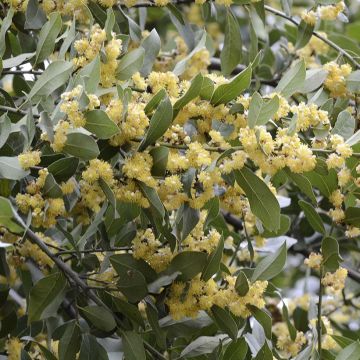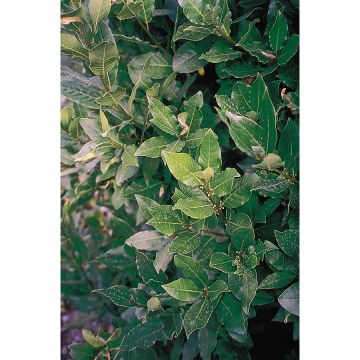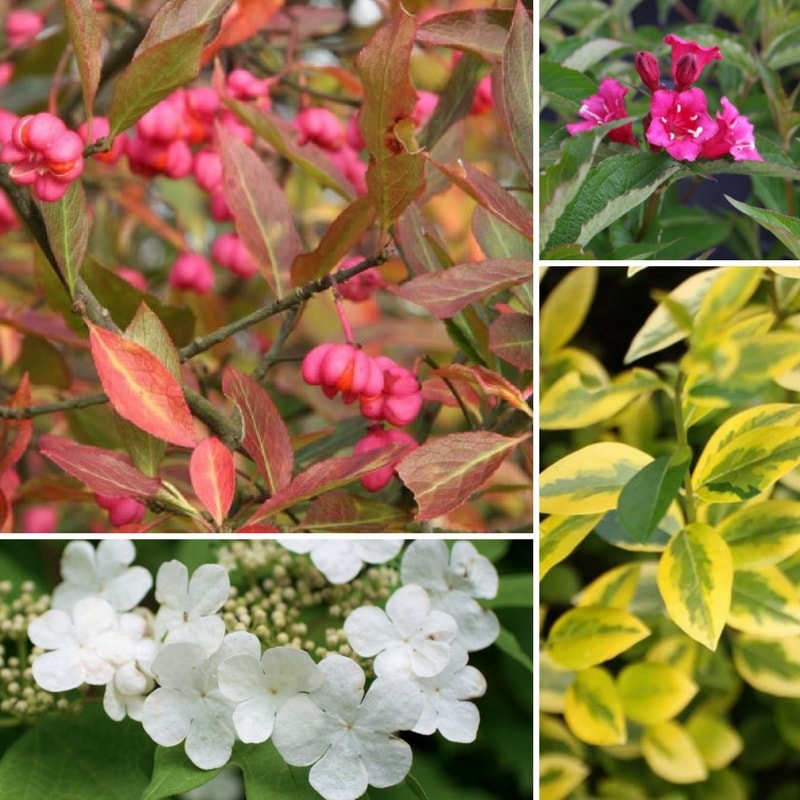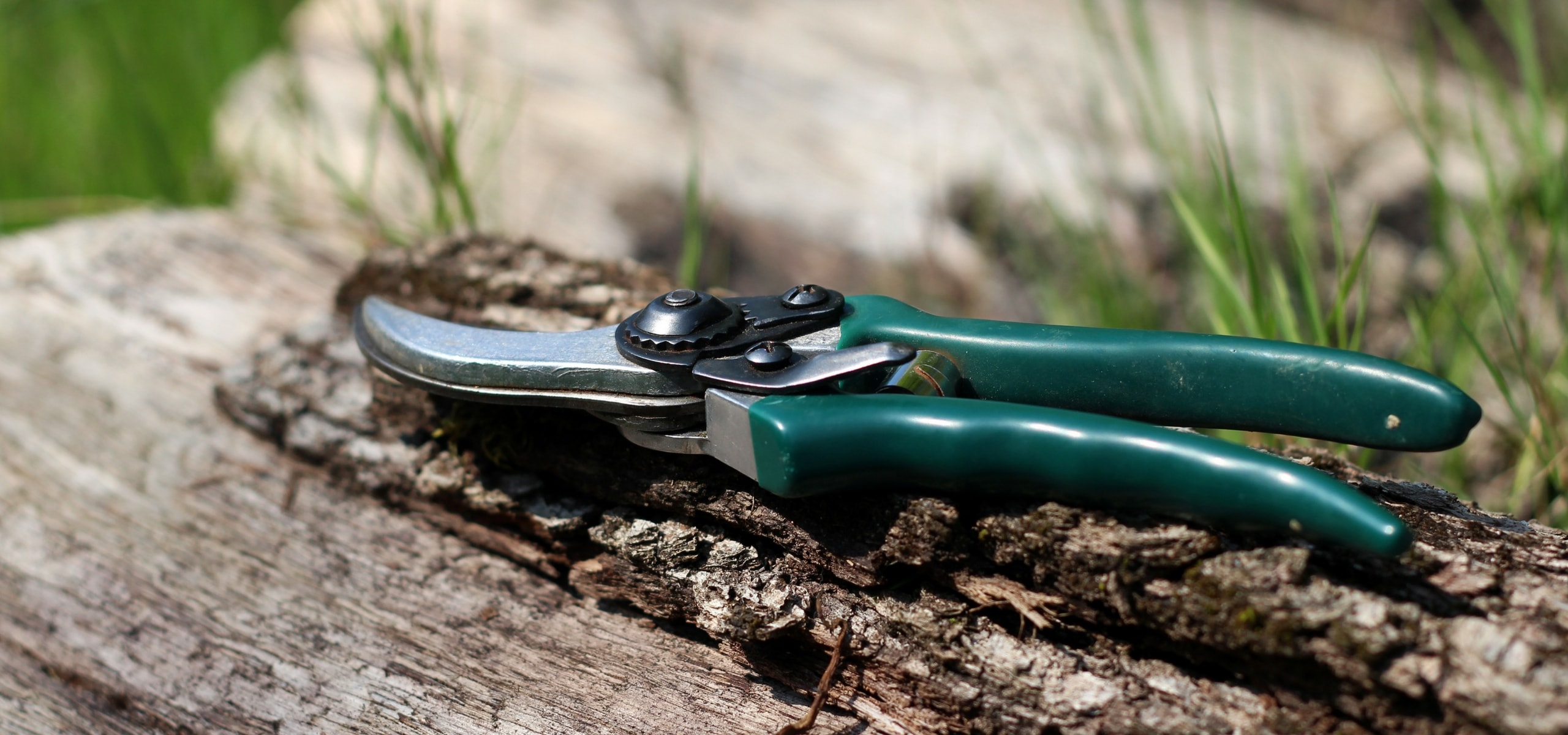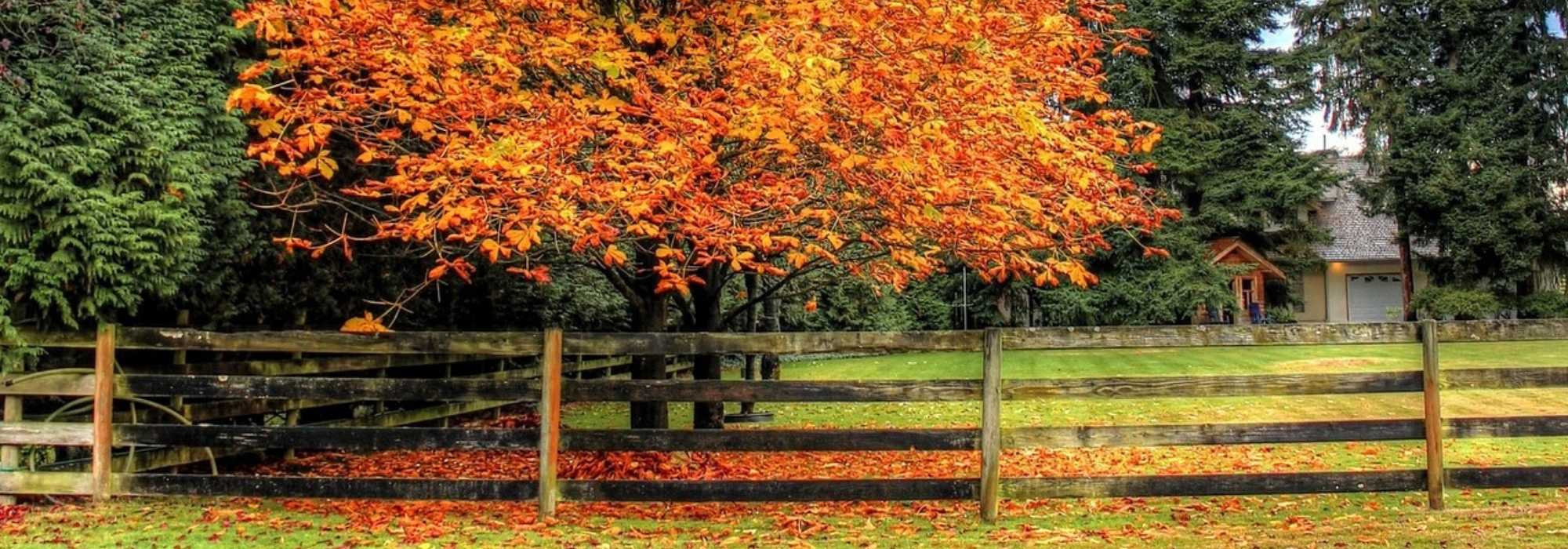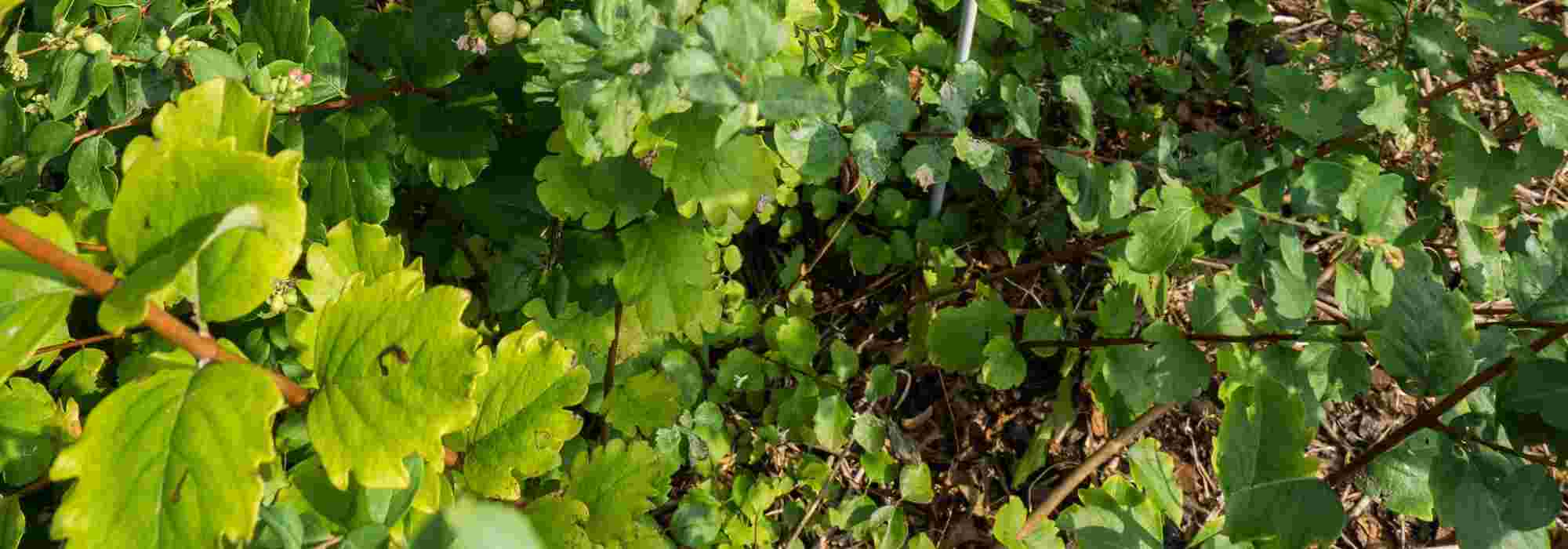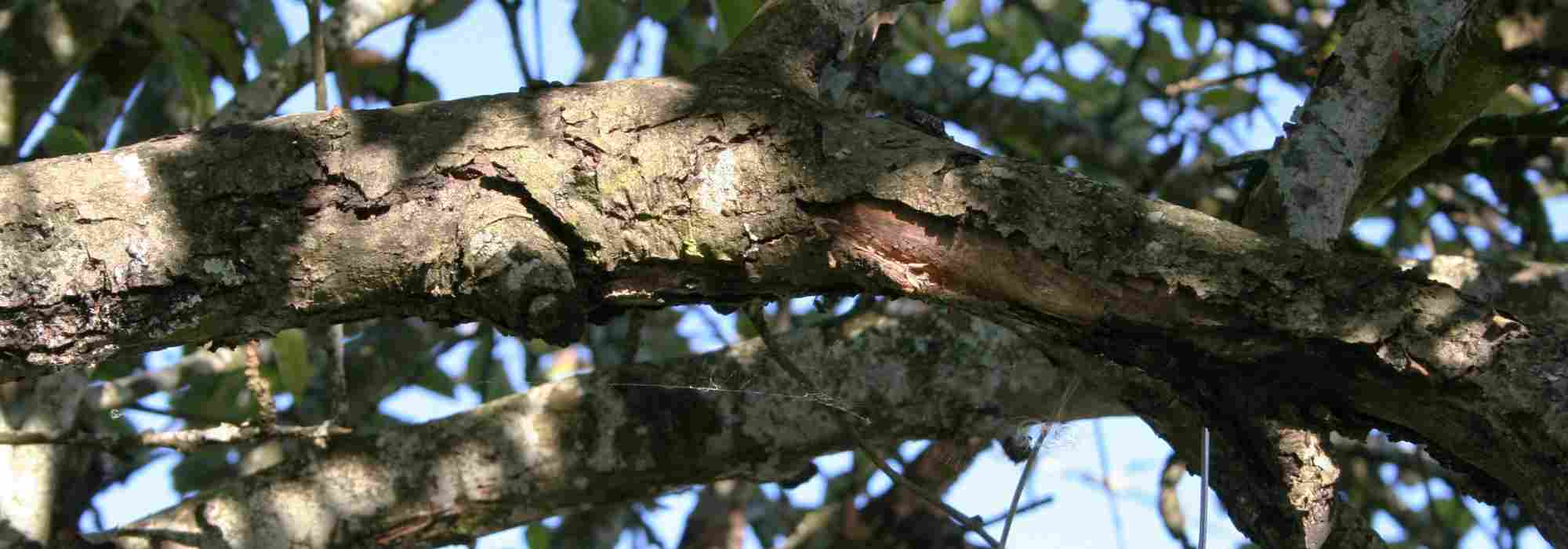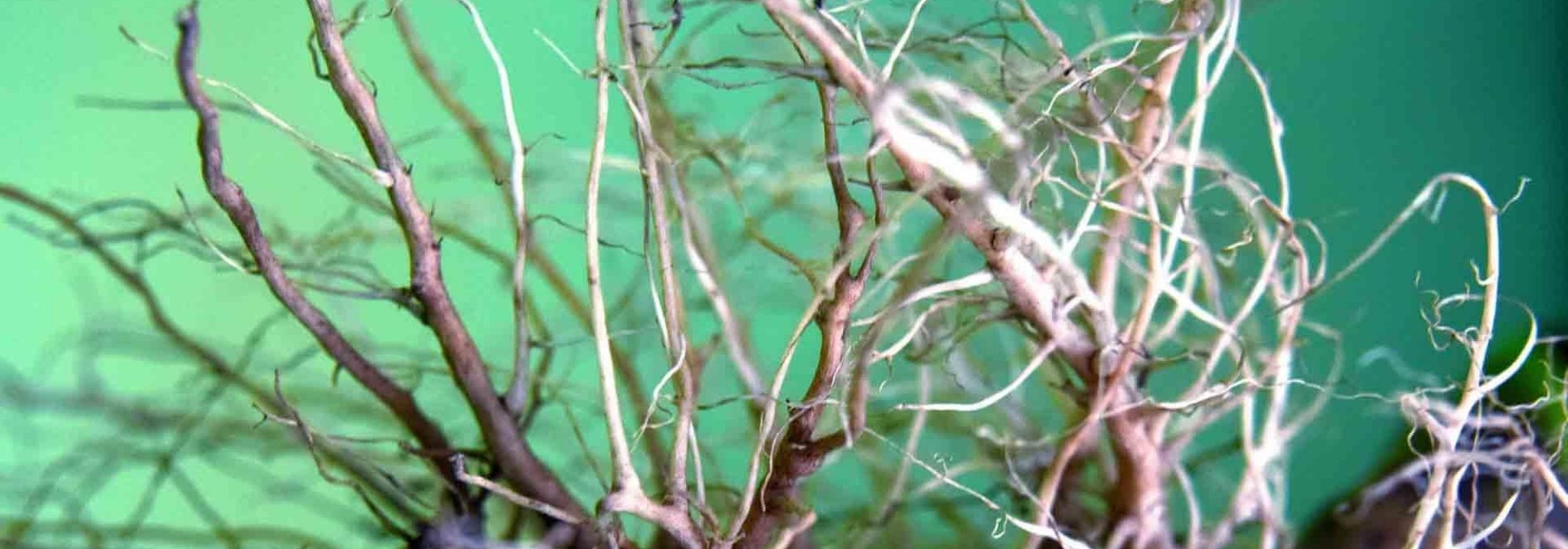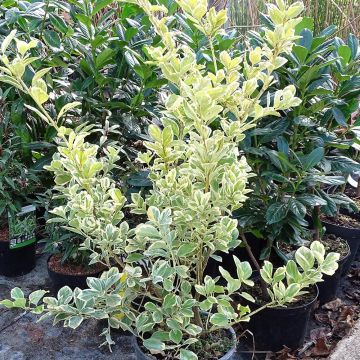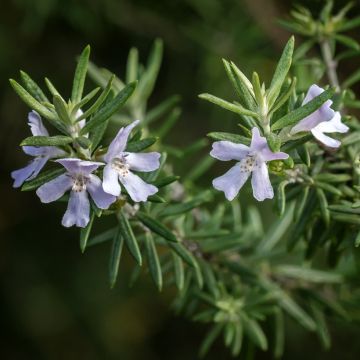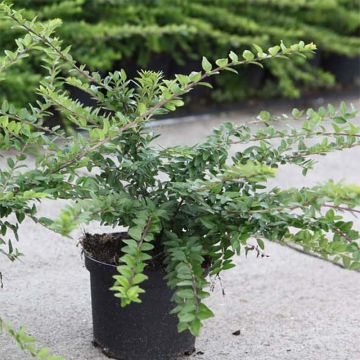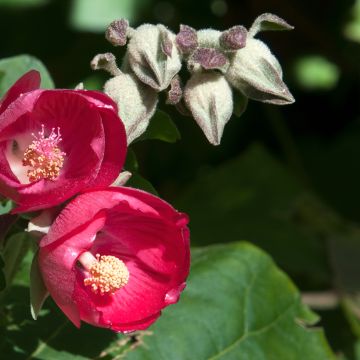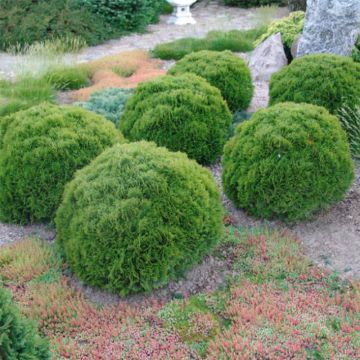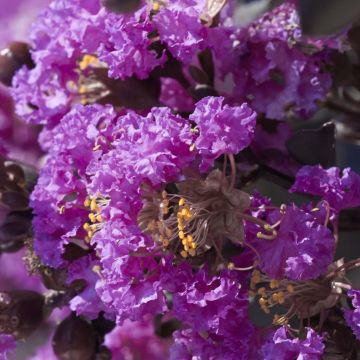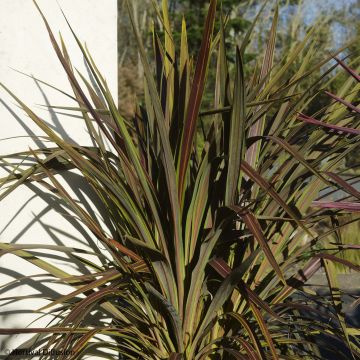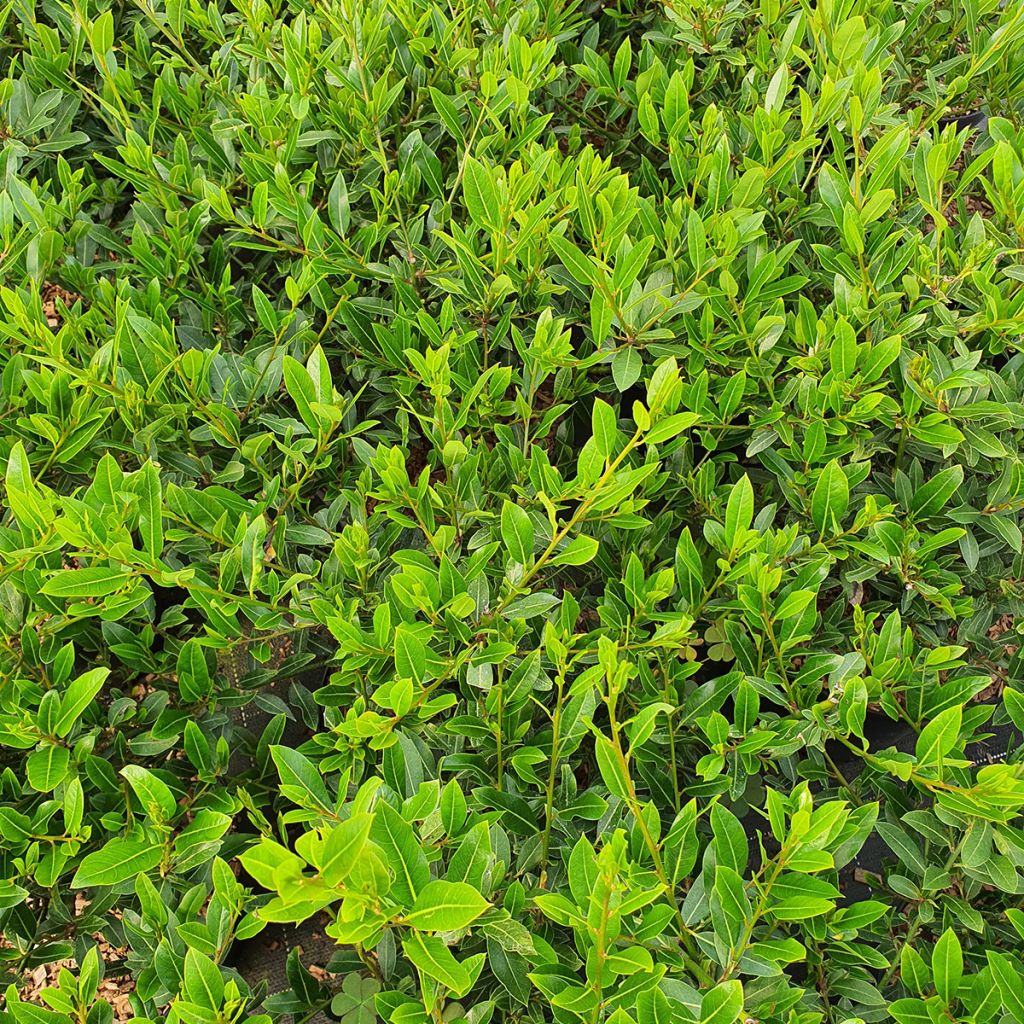

Laurier sauce Little Laura - Laurus nobilis
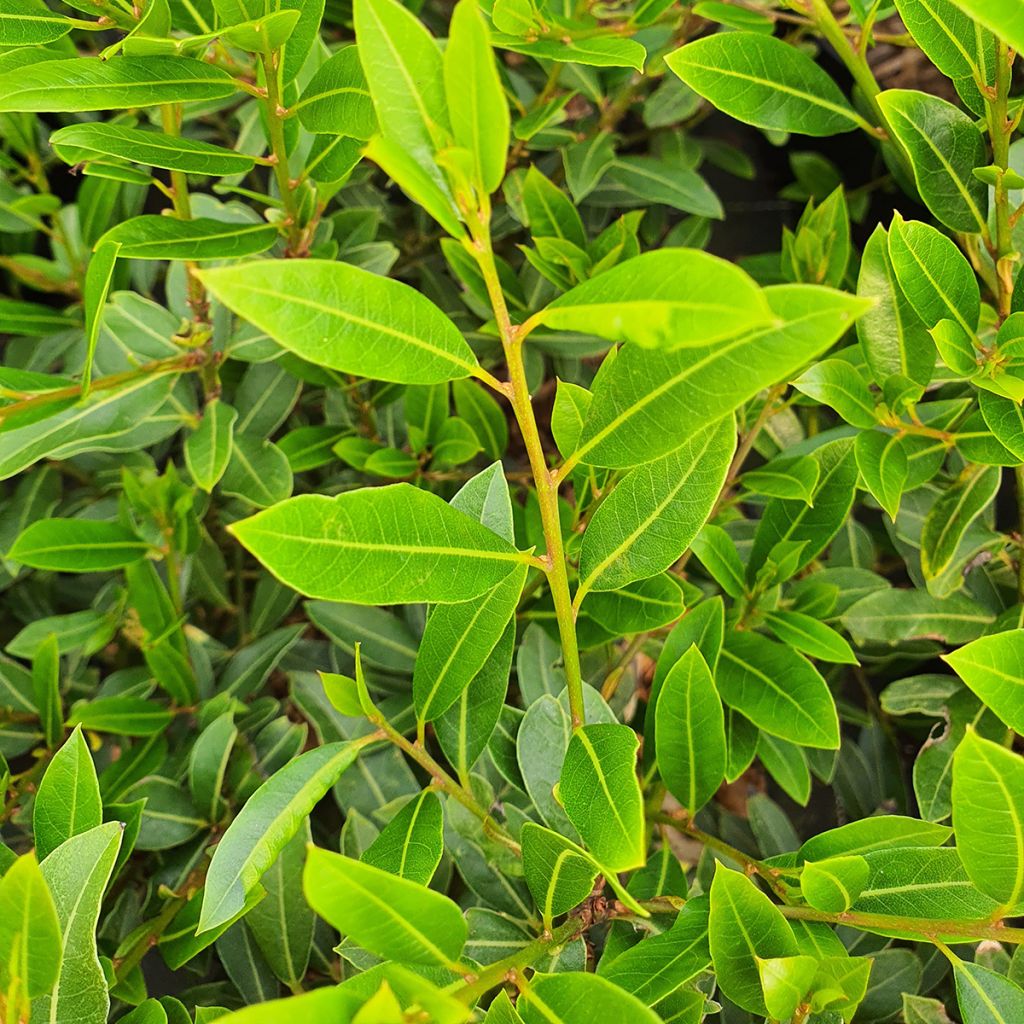

Laurier sauce Little Laura - Laurus nobilis
Laurus nobilis Little Laura - Bay Laurel
Laurus nobilis Little Laura 'Dan17'
Bay Laurel, Bay Tree, Sweet Bay
Special offer!
Receive a €20 voucher for any order over €90 (excluding delivery costs, credit notes, and plastic-free options)!
1- Add your favorite plants to your cart.
2- Once you have reached €90, confirm your order (you can even choose the delivery date!).
3- As soon as your order is shipped, you will receive an email containing your voucher code, valid for 3 months (90 days).
Your voucher is unique and can only be used once, for any order with a minimum value of €20, excluding delivery costs.
Can be combined with other current offers, non-divisible and non-refundable.
Why not try an alternative variety in stock?
View all →This plant carries a 24 months recovery warranty
More information
We guarantee the quality of our plants for a full growing cycle, and will replace at our expense any plant that fails to recover under normal climatic and planting conditions.
Does this plant fit my garden?
Set up your Plantfit profile →
Description
Laurus nobilis 'Little Laura' 'Dan 17' is a selection of female bay trees that are more hardy, have a denser habit and smaller leaves than the wild form. Its evergreen foliage, very aromatic, comes alive in the spring with young leaves of a very bright light green. Decorative even in winter, this aromatic foliage is also used in cooking, in a bouquet garni or to flavour stews and other sauce dishes. It is also an excellent hedge plant, very adaptable, resistant to heat and drought, and tolerates pruning well. Even if its hardiness can be found wanting in very cold climates, this bay tree is also capable of regrowing from the stump. It can also be cultivated in a large container for its classic elegance.
The Bay tree, or Noble Laurel - Laurus nobilis in Latin - belongs to the Lauraceae family. It is a large bush or small tree native to the Mediterranean Basin and Asia Minor, where it favours open, dry and hot situations. The evergreen foliage is very aromatic and has long been used to make a bouquet garni of herbs, along with thyme, rosemary and others, to add flavour and scent to cooked dishes. Between March and April the bay tree produces small yellowish-green flowers which will produce small, inedible black berries on the female plants (in the appropriate climate).
'Little Laura' is a relatively compact variety: while the wild species can exceed 8 m (26 ft) height in a suitable climate, this one will not grow more than 4 m (13 ft) high and about 2 m (6 ft) wide. The young foliage of 'Little Laura', carried on reddish stems, is of a beautiful light green at budding, then darkens until it takes the dark green colour typical of the species. The leaves are also smaller than in the wild type, but just as aromatic.
The 'Little Laura' Bay tree is capable of enduring dry and hot periods without flinching. Its hardiness is good, estimated around -15°C for a well-established plant. At worst, the plant will lose its branches and regrow from the stump (which also allows it to be occasionally cut back). Ideal in gardens with a Mediterranean or exotic feel, the bay tree 'Little Laura' will provide a colourful backdrop for your flower beds. It can even serve as an evergreen hedge, with laurustinus, photinias and elaeagnus for example. In a container, it will dress up your terrace or balcony while allowing you to enjoy its aroma!
Report an error about the product description
Laurus nobilis Little Laura - Bay Laurel in pictures
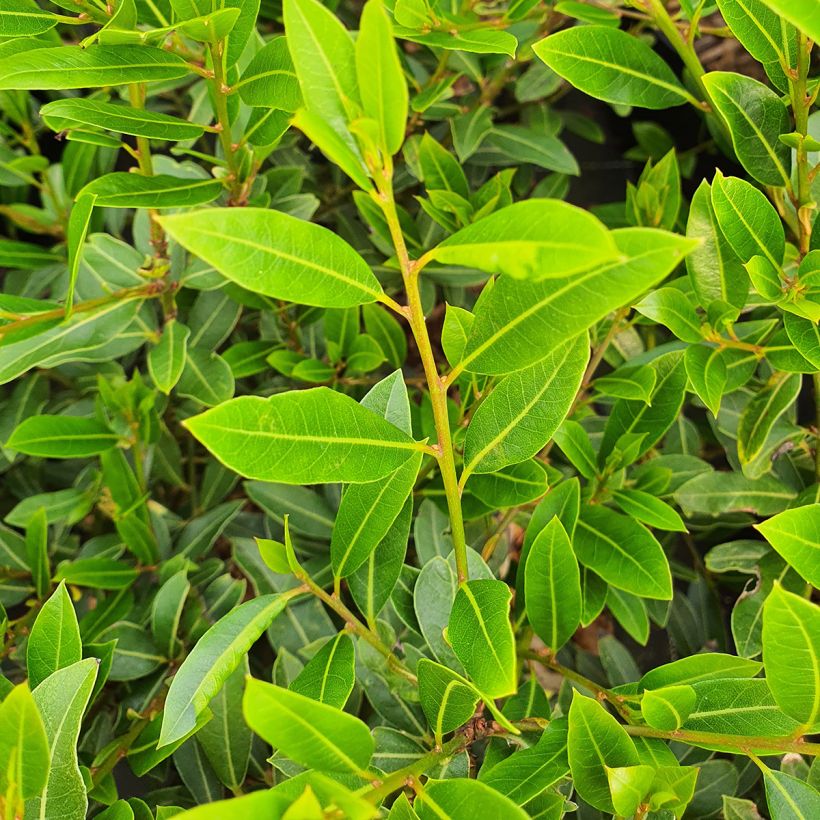

Plant habit
Flowering
Foliage
Botanical data
Laurus
nobilis
Little Laura 'Dan17'
Lauraceae
Bay Laurel, Bay Tree, Sweet Bay
Mediterranean
Other Bay laurel
View all →Planting and care
The 'Little Laura' Bay Laurel, due to its Mediterranean origins, is able to endure dry and hot periods without batting an eyelid. It tolerates alkaline soils very well. Its hardiness is estimated around -15°C (5 °F). At worst, the plant will lose its branches and regrow from the stump (which also allows it to be occasionally coppiced). Choose a location sheltered from cold winds, bright and warm, in soft, well-drained soil, not too poor. The bay laurel tolerates pruning very well, even severe, and it can easily be shaped into topiary. It is also very easy to propagate from cuttings, using cut branches or by taking suckers from the base.
Planting period
Intended location
Care
Planting & care advice
This item has not been reviewed yet - be the first to leave a review about it.
Similar products
Haven't found what you were looking for?
Hardiness is the lowest winter temperature a plant can endure without suffering serious damage or even dying. However, hardiness is affected by location (a sheltered area, such as a patio), protection (winter cover) and soil type (hardiness is improved by well-drained soil).

Photo Sharing Terms & Conditions
In order to encourage gardeners to interact and share their experiences, Promesse de fleurs offers various media enabling content to be uploaded onto its Site - in particular via the ‘Photo sharing’ module.
The User agrees to refrain from:
- Posting any content that is illegal, prejudicial, insulting, racist, inciteful to hatred, revisionist, contrary to public decency, that infringes on privacy or on the privacy rights of third parties, in particular the publicity rights of persons and goods, intellectual property rights, or the right to privacy.
- Submitting content on behalf of a third party;
- Impersonate the identity of a third party and/or publish any personal information about a third party;
In general, the User undertakes to refrain from any unethical behaviour.
All Content (in particular text, comments, files, images, photos, videos, creative works, etc.), which may be subject to property or intellectual property rights, image or other private rights, shall remain the property of the User, subject to the limited rights granted by the terms of the licence granted by Promesse de fleurs as stated below. Users are at liberty to publish or not to publish such Content on the Site, notably via the ‘Photo Sharing’ facility, and accept that this Content shall be made public and freely accessible, notably on the Internet.
Users further acknowledge, undertake to have ,and guarantee that they hold all necessary rights and permissions to publish such material on the Site, in particular with regard to the legislation in force pertaining to any privacy, property, intellectual property, image, or contractual rights, or rights of any other nature. By publishing such Content on the Site, Users acknowledge accepting full liability as publishers of the Content within the meaning of the law, and grant Promesse de fleurs, free of charge, an inclusive, worldwide licence for the said Content for the entire duration of its publication, including all reproduction, representation, up/downloading, displaying, performing, transmission, and storage rights.
Users also grant permission for their name to be linked to the Content and accept that this link may not always be made available.
By engaging in posting material, Users consent to their Content becoming automatically accessible on the Internet, in particular on other sites and/or blogs and/or web pages of the Promesse de fleurs site, including in particular social pages and the Promesse de fleurs catalogue.
Users may secure the removal of entrusted content free of charge by issuing a simple request via our contact form.
The flowering period indicated on our website applies to countries and regions located in USDA zone 8 (France, the United Kingdom, Ireland, the Netherlands, etc.)
It will vary according to where you live:
- In zones 9 to 10 (Italy, Spain, Greece, etc.), flowering will occur about 2 to 4 weeks earlier.
- In zones 6 to 7 (Germany, Poland, Slovenia, and lower mountainous regions), flowering will be delayed by 2 to 3 weeks.
- In zone 5 (Central Europe, Scandinavia), blooming will be delayed by 3 to 5 weeks.
In temperate climates, pruning of spring-flowering shrubs (forsythia, spireas, etc.) should be done just after flowering.
Pruning of summer-flowering shrubs (Indian Lilac, Perovskia, etc.) can be done in winter or spring.
In cold regions as well as with frost-sensitive plants, avoid pruning too early when severe frosts may still occur.
The planting period indicated on our website applies to countries and regions located in USDA zone 8 (France, United Kingdom, Ireland, Netherlands).
It will vary according to where you live:
- In Mediterranean zones (Marseille, Madrid, Milan, etc.), autumn and winter are the best planting periods.
- In continental zones (Strasbourg, Munich, Vienna, etc.), delay planting by 2 to 3 weeks in spring and bring it forward by 2 to 4 weeks in autumn.
- In mountainous regions (the Alps, Pyrenees, Carpathians, etc.), it is best to plant in late spring (May-June) or late summer (August-September).
The harvesting period indicated on our website applies to countries and regions in USDA zone 8 (France, England, Ireland, the Netherlands).
In colder areas (Scandinavia, Poland, Austria...) fruit and vegetable harvests are likely to be delayed by 3-4 weeks.
In warmer areas (Italy, Spain, Greece, etc.), harvesting will probably take place earlier, depending on weather conditions.
The sowing periods indicated on our website apply to countries and regions within USDA Zone 8 (France, UK, Ireland, Netherlands).
In colder areas (Scandinavia, Poland, Austria...), delay any outdoor sowing by 3-4 weeks, or sow under glass.
In warmer climes (Italy, Spain, Greece, etc.), bring outdoor sowing forward by a few weeks.






























